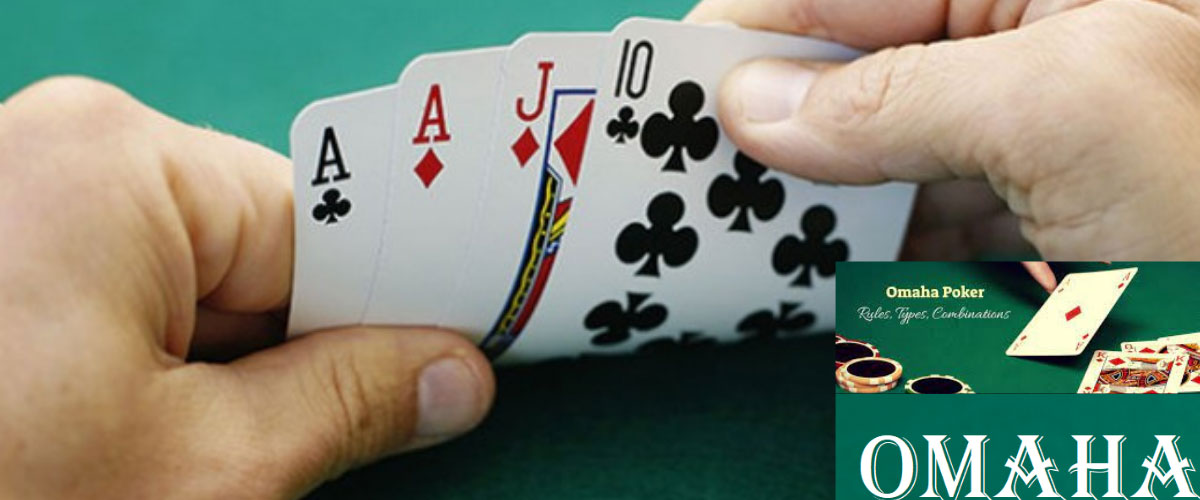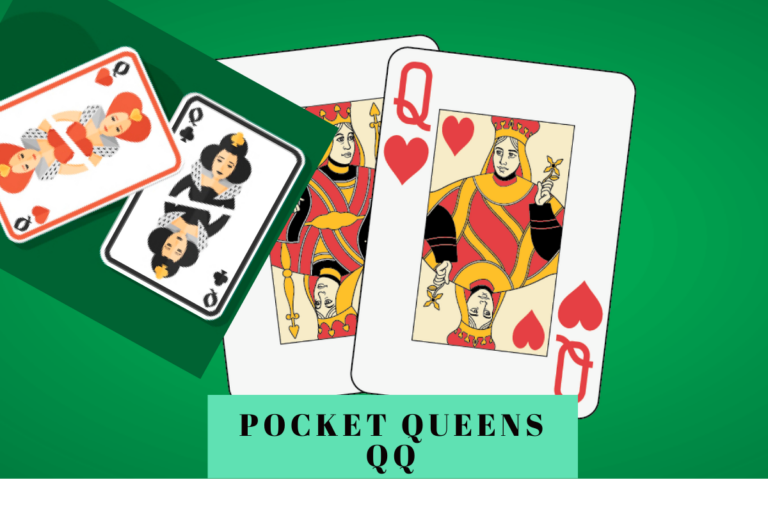Omaha Variations & Rules

Online poker sites offer many variations of Omaha poker, each with its own set of rules and strategies. The most common variations include:
- Omaha Hi;
- Omaha Hi/Lo (also known as Eight or Better or Omaha 8/b);
- Omaha Tournaments.
These games can be played in two primary formats:
- Pot Limit Omaha;
- Fixed Limit Omaha.
Omaha Hi
In Omaha Hi, the objective is to win the pot by having the best five-card poker hand. Players are dealt four hole cards and must use exactly two of them, combined with three community cards, to form their final hand. This differs significantly from Texas Hold’em, where players can use any combination of their hole cards and the community cards. The requirement to use exactly two hole cards in Omaha Hi can drastically change hand values and strategies.
Omaha Hi-Lo
Omaha Hi-Lo, also known as Omaha 8 or Better, introduces a twist at the showdown. The pot is split between the best high hand and the best qualifying low hand. To qualify as a low hand, a player must have five unpaired cards all ranked eight or lower, with the best possible low hand being A-2-3-4-5 (the wheel). It’s possible for a player to win both the high and low portions of the pot with a hand like the wheel, which can qualify as both a high and low hand. Not every hand will have a qualifying low, in which case the high hand wins the entire pot.
Omaha Tournaments
Omaha tournaments function similarly to other poker tournaments, with players starting with a fixed amount of chips and playing until one player has all the chips. The blinds increase at set intervals, and the game continues until only one player remains. Omaha tournaments can feature both Omaha Hi and Omaha Hi-Lo variations, and can be played with either fixed or pot-limit betting structures.
Types of Omaha Tournaments:
- Freezeout Tournaments: Players start with a set number of chips and play until they lose all their chips, with no option to re-enter the tournament. The last player remaining wins.
- Rebuy Tournaments: Players have the option to buy more chips if they lose their initial stack within a specified period. This format can lead to larger prize pools and extended play times.
- Satellite Tournaments: These are qualifying tournaments where the prize is usually an entry ticket to a larger, more prestigious tournament rather than a cash prize.
- Shootout Tournaments: Players must win their table to progress to the next round. This continues until the final table, where the last remaining players compete for the top prizes.
- Turbo and Super Turbo Tournaments: These tournaments feature faster blind level increases, leading to quicker gameplay and requiring more aggressive strategies.
Tournament Strategies:
- Chip Management: Efficiently managing your chip stack is crucial. Early in the tournament, focus on conserving chips and avoiding unnecessary risks. As the blinds increase, you’ll need to become more aggressive.
- Adjusting to Blind Levels: As blinds increase, adapt your strategy to maintain a healthy chip stack relative to the blinds. This may involve taking more risks or defending your blinds more aggressively.
- Table Position: Take advantage of your position at the table. Being in a late position allows you to make more informed decisions based on your opponents’ actions.
- Player Observation: Pay attention to your opponents’ playing styles. Identify tight and aggressive players and adjust your strategy to exploit their tendencies.
- Bubble Play: As the tournament approaches the bubble (the point at which players start earning prize money), players tend to tighten up. Use this opportunity to steal blinds and build your stack.
Pot Limit Omaha
Pot Limit Omaha (PLO) is the most common format for Omaha games. In PLO, the maximum bet a player can make at any time is the current size of the pot. This format allows for large pots and strategic betting, though it might take a few rounds of betting to get all the chips in compared to no-limit games. PLO requires careful consideration of pot odds and bet sizing, making it a favorite among many players.
Fixed Limit Omaha
Fixed Limit Omaha, often used for Omaha Hi-Lo, involves betting in fixed increments. For example, in a $5/$10 game, bets and raises are in $5 increments pre-flop and on the flop, and $10 increments on the turn and river. This structure controls the size of the bets, which can be crucial in Omaha Hi-Lo where hand strengths can change dramatically with each community card. The fixed limit format reduces the volatility and gamble factor, making it a strategic and controlled form of the game.
Key Points to Remember
- In Omaha Hi, you must use exactly two of your four hole cards with three community cards to make your hand.
- Omaha Hi-Lo splits the pot between the best high and low hands, with the low hand requiring five unpaired cards ranked eight or lower.
- Pot Limit Omaha allows bets up to the current size of the pot, encouraging strategic betting.
- Fixed Limit Omaha involves betting in fixed increments, commonly used in Omaha Hi-Lo to manage the game’s volatility.
- Omaha tournaments can feature either Omaha Hi or Omaha Hi-Lo and can use either pot limit or fixed limit structures, with various tournament types offering unique strategic considerations.






